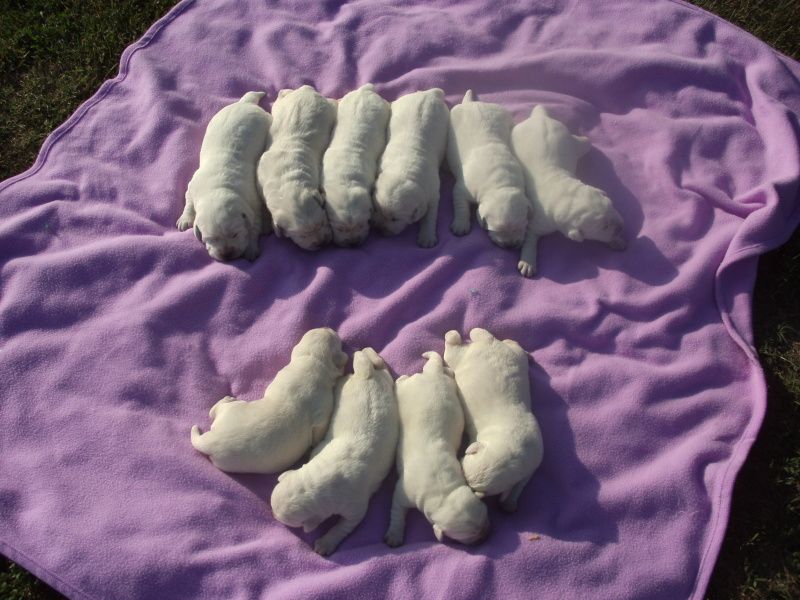HOOK
Well-Known Member
At my place....when a doe walks up to a buck and says...catch me if you can.....That means it's on. 
timberjack86 said:Wow thats interesting. What do you think they see when they see a doe decoy?
JCDEERMAN said:That is an interesting study and didnt know that was tested. I cerainly believe them looking at a doe "giving them the eye", that they would make a move towards them. Have you ever had a doe come by you knowing that there was a buck behind her? I certainly have. It could be 30 seconds, or an hour. It's just a sense of reading their body language. Sometimes its easy and sometimes we have no clue. Thats what "they" know and can read. This is where paying attention to detail could possibly pay off. Obviously it is more visible to them and not to us, BUT this is definitely interesting. Just saying there are probably a few clues that could trigger our eyes to recognizing an estrous doe. I have seen certain things that are kind of "off" with a doe passing through and there always seems to be a buck behind them at some point. Though sometimes, we are wrong, but who knows, she may be hot and there just happens to be nothing trailing her. This is when I see the does modify their ranges to a smaller tract of land. When I see one that I think is hot, I try to stay in that general area that has the highest probability of travel....aka - funnels or travel corridors
What states? The reason I ask is guys I know who hunt in Kansas (where they claim deer are A LOT more visual), praise them for certain applications. I have no experience with them in any state.BSK said:I've seen far more negative reactions to doe decoys than positive.
Andy S. said:What states? The reason I ask is guys I know who hunt in Kansas (where they claim deer are A LOT more visual), praise them for certain applications. I have no experience with them in any state.BSK said:I've seen far more negative reactions to doe decoys than positive.
I have only ever seen "positve" reactions to BUCK decoys,I guess they see them as a challenge?Little bucks may run off,but have seen a few "big bucks" come in to see whats up.Nothing from doe decoys.BSK said:timberjack86 said:Wow thats interesting. What do you think they see when they see a doe decoy?
I've seen far more negative reactions to doe decoys than positive.
She could have been facing any direction. The does were held in glassed-in pens and were free to move around.Carlos Viagra said:In this experiment which direction was the doe facing when the buck approached?
BSK said:She could have been facing any direction. The does were held in glassed-in pens and were free to move around.Carlos Viagra said:In this experiment which direction was the doe facing when the buck approached?
JCDEERMAN said:BSK said:She could have been facing any direction. The does were held in glassed-in pens and were free to move around.Carlos Viagra said:In this experiment which direction was the doe facing when the buck approached?
One of the does probably weighed significantly more than the other. Could have altered the bucks decision
All mammals? I have been told by several doctors that women's peak fertility is days just before ovulation and during ovulation.redblood said:......contrary to popular belief, peak fertility in all mammals (deer included)takes place 2-4 days after ovulation.
BSK said:JCDEERMAN said:BSK said:She could have been facing any direction. The does were held in glassed-in pens and were free to move around.Carlos Viagra said:In this experiment which direction was the doe facing when the buck approached?
One of the does probably weighed significantly more than the other. Could have altered the bucks decision
These experiments were run over and over again with different combinations of does of all ages and bucks of all ages. The bucks were not quite as good at picking out the estrus does by sight as by scent, but by just sight, the bucks did get it right the majority of the time (70% if I remember the study numbers correctly).
Andy S. said:All mammals? I have been told by several doctors that women's peak fertility is days just before ovulation and during ovulation.redblood said:......contrary to popular belief, peak fertility in all mammals (deer included)takes place 2-4 days after ovulation.

redblood said:I really think you are overestimating the visual effect. in our business, we have to recognize ovulation in all our breeding dogs. Since our breedingS take place with frozen semen, proper ovulation timing is crucial. contrary to popular belief, peak fertility in all mammals (deer included)takes place 2-4 days after ovulation. Time which the egg ripens and is available for penetration by the sperm cell. Through testing the LH and progesterone levels during estrous (to pinpont ovulation) and compare that to a breeding males response (we use a intact male as indicator of ovualtion, he is not allowed to breed the female), In almost every circumstance, the time the male has the strongest attraction to the female correlates directly with ovulation. Is the male attracted to her visual cues: possibly. Is it as strong as the olfactory indicators. Absolutely not. Even when the estrous females are enclosed within a structure, male strays line up along the perimeters of our fences. They have not laid eyes on the female in estrous, yet still responds to the estrous. No different in the registered Simmental Cattle we raised. even though we A.I.'D everything an did not own a bull, bulls would occassionally show up from farms down the rd, well out of eye shot. I am not saying there is no visible factor in heat detection in deer. But, judging by other mammals, i would say it is very small
BSK said:redblood said:I really think you are overestimating the visual effect. in our business, we have to recognize ovulation in all our breeding dogs. Since our breedingS take place with frozen semen, proper ovulation timing is crucial. contrary to popular belief, peak fertility in all mammals (deer included)takes place 2-4 days after ovulation. Time which the egg ripens and is available for penetration by the sperm cell. Through testing the LH and progesterone levels during estrous (to pinpont ovulation) and compare that to a breeding males response (we use a intact male as indicator of ovualtion, he is not allowed to breed the female), In almost every circumstance, the time the male has the strongest attraction to the female correlates directly with ovulation. Is the male attracted to her visual cues: possibly. Is it as strong as the olfactory indicators. Absolutely not. Even when the estrous females are enclosed within a structure, male strays line up along the perimeters of our fences. They have not laid eyes on the female in estrous, yet still responds to the estrous. No different in the registered Simmental Cattle we raised. even though we A.I.'D everything an did not own a bull, bulls would occassionally show up from farms down the rd, well out of eye shot. I am not saying there is no visible factor in heat detection in deer. But, judging by other mammals, i would say it is very small
I'm only stating would studies have shown. A buck that could not possibly smell either doe (the bucks nasal passages had been cauterized to prevent any sense of smell, and the does were held in air-tight pens) were still able to choose the doe in estrus around 70% of the time. That's strong indication bucks can visually identify a doe in estrus versus one that is not.
redblood said:but are you saying that the visual aspect of sexual attraction in deer is stronger than the olfactory aspect?
BSK said:redblood said:but are you saying that the visual aspect of sexual attraction in deer is stronger than the olfactory aspect?
NO!!! Bucks that were allowed to choose does using just their sense of smell (totally black-dark conditions--the bucks could not see the does but air was being blown over the does to the buck) got the estrus choice right virtually every time. The ability of bucks to choose estus over non-estrus does only by sight was just an interesting and unexpected finding.
The nose is always going to be #1, but it isn't the only sense they use.
